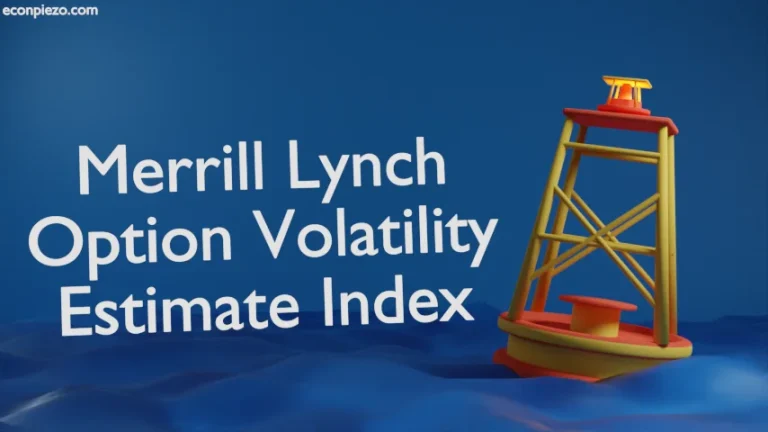Whether a company is capable to fulfil its long-term obligations can be known through solvency ratios. Solvency is referred to the financial health of a company. If the company has assets more than debt and is able to meet its financial obligations then it is considered solvent. But, if it has more debt and fewer assets or is unable to meet its debt obligations then it is insolvent.
With the help of financial ratios, we can analyze a company’s financials with its industry peers. This helps understand a company’s finances with respect to its peers. For sure, we can’t use a set standard or value for all the companies across industries. It is quite possible that some companies would need higher debt than others and this largely would depend on the product they produce.
There are two types of Solvency ratios:
- Leverage ratio and,
- Coverage ratio.
While leverage ratios are about liabilities a company has with respect to the assets. Whereas, Coverage ratios are about if the company is able to meet its financial obligations or not. The debt-to-capital ratio is one of the Leverage ratios. The other Leverage ratios are debt-to-equity and debt-to-assets ratios.
So, the higher the debt a company uses to fund its operations, the higher the risk. And, with the help of the debt-to-capital ratio, we can calculate how much a company is dependent on debt to fund its operations.
Debt to Capital ratio
Debt to Capital ratio is the percentage of debt a company carries with respect to the total capital it has. So,
debt-to-capital ratio = total debt / (total debt + total shareholders’ equity)
So, it suggests a higher debt-to-capital ratio would make the company more leveraged. As already covered, a higher debt-to-capital ratio isn’t bad at all. It all depends on the industry a company is a part of. If the operations in a specific industry require the company to take on more debt then higher debt-to-capital ratios shouldn’t be frowned upon.
And, not only in a higher debt-to-capital ratio case but for all companies irrespective of the amount of debt a company has. We must compare the Debt to capital ratio of a company to its industry peers.
How do we calculate the debt-to-capital ratio?
Let’s understand it with the help of an example. Take the Annual Report of Apple Inc. for the fiscal year ended September 24, 2022. On page 34, we get the required data to calculate debt-to-capital ratio in the section LIABILITIES AND SHAREHOLDERS’ EQUITY of Apple Inc. Annual report.
Total debt is the sum that a business owes. It consists of both short-term as well as long-term debt. And, the next data we require is Shareholders’ equity.
In this case Total Debt = $64.11B + $98.96B = $163.07B
Now, Total Shareholders’ equity is $50.67B
From the Debt to Capital ratio formula,
debt-to-capital ratio = total debt / (total debt + total shareholders’ equity)
debt-to-capital ratio = $163.07B / ($163.07B + $50.67B) = 0.76 (for Apple Inc.)
It is worth mentioning here that the terms used in Annual Report may vary for different companies.
In isolation, we can’t figure out what it means for Apple Inc. to have a Debt to Capital Ratio of 0.76. So, we can compare it with previous years’ data to check whether it has increased or decreased over a time period. Apart from that, we can also compare it with industry peers to understand how it has fared against other companies as well. This would help us understand how well a company is being managed as far as Debt to Capital Ratio is concerned.






